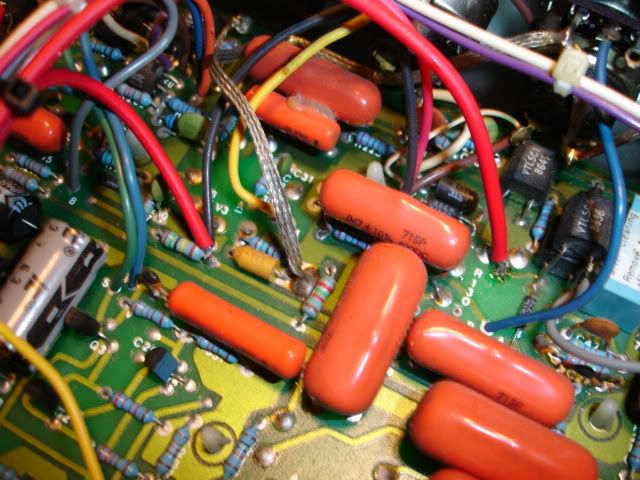did they make the Mark III? I am assuming Mesa thought the Mark III was an improvement but once they realized that the Mark IIC+ was still considered better how come they didn't change the Mark III's voicing? I mean you would just assume that if the MarkIIC+ lead channel was the best than that same channel would be on the mark III , Mark IV, and I guess its been reissued kinda/sorta in the mark V
Just curious for reasonings but you would think and amp would get better and not worse. The Mark III was supposed to be better than the Mark IIC+ and it wasnt and isnt as desired.
I may be way off here so I apologize if I stir up bad feelings.
Just curious why they would change when what they had was considered the tone of gods
Just curious for reasonings but you would think and amp would get better and not worse. The Mark III was supposed to be better than the Mark IIC+ and it wasnt and isnt as desired.
I may be way off here so I apologize if I stir up bad feelings.
Just curious why they would change when what they had was considered the tone of gods
























